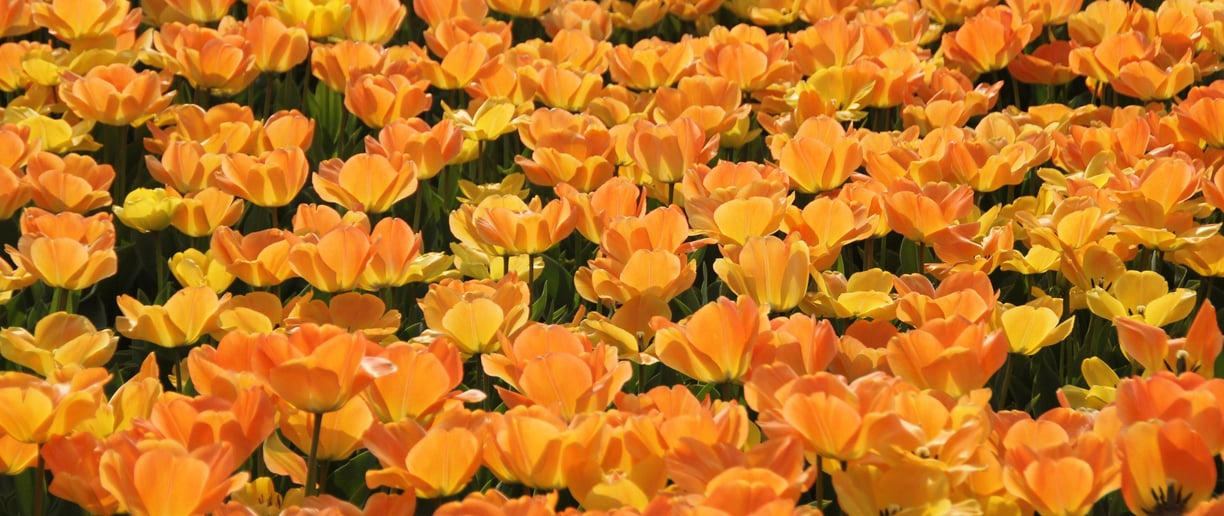

Orange blossom, with its delicate white flowers and sweet, citrusy aroma, evokes a sense of freshness and purity. Originating from the fragrant orange groves of the Mediterranean, these blossoms are prized for their captivating scent and are often used in perfumery, aromatherapy, and culinary applications. In addition to their aromatic qualities, orange blossoms hold cultural significance, symbolizing love, purity, and fertility in various traditions. The essence of orange blossom is infused into a wide range of products, including perfumes, soaps, teas, and desserts, adding a burst of floral sweetness to everyday experiences. Whether enjoyed as a fragrant bouquet, a refreshing tea, or a delightful dessert ingredient, orange blossom delights the senses and uplifts the spirit with its radiant beauty and uplifting fragrance.
Orange Blossom
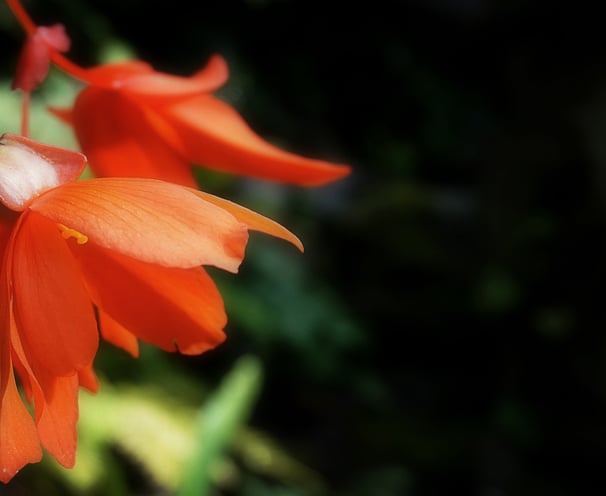

Orange blossom thrives in well-drained soil that is rich in organic matter and slightly acidic to neutral in pH, typically ranging between 6.0 and 7.0. Sandy or loamy soil textures are preferred, as they allow for proper drainage and aeration, preventing water-logging and root rot. If the soil is heavy or compacted, amending it with coarse sand or per-lite can improve drainage. Incorporating organic matter such as compost or aged manure helps to enhance soil fertility and structure, providing essential nutrients for healthy plant growth. It's essential to ensure adequate sunlight exposure, with at least 6-8 hours of direct sunlight daily, to promote vigorous growth and abundant blossoms. Conducting a soil test before planting can help identify any deficiencies or imbalances in nutrients, allowing for appropriate adjustments to create optimal growing conditions for vibrant orange blossom plants.
Soil Needs
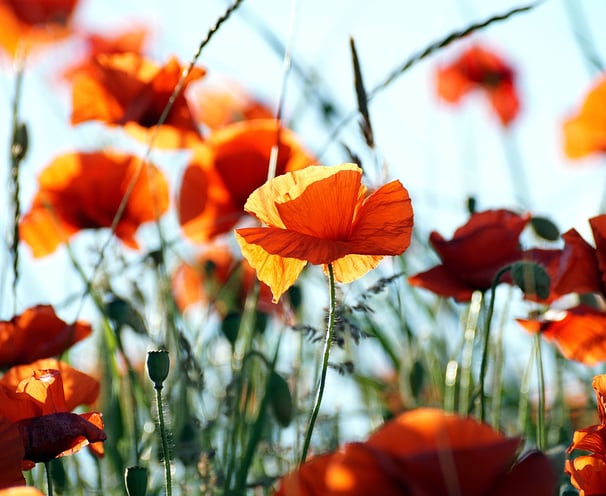

Orange blossom's water needs are moderate, requiring consistent but not excessive watering to establish healthy root systems and encourage robust growth. During the initial stages, it's essential to water regularly to aid in root establishment, but care should be taken to avoid water-logging, which can lead to root rot. Once established, orange blossom prefers slightly drier conditions, as over-watering can cause issues such as root suffocation and fungal diseases. Deep watering is recommended to encourage deep root growth, but it's crucial to allow the soil to dry out between watering sessions to prevent waterlogged conditions. Overhead watering should be avoided to minimize the risk of fungal diseases. During periods of hot and dry weather, occasional deep watering may be necessary to maintain plant health, but overall, orange blossom is resilient and can tolerate drought conditions once established. Regular monitoring of soil moisture levels and adjusting watering frequency accordingly will help ensure optimal growth and flowering of orange blossom plants.
Water Needs
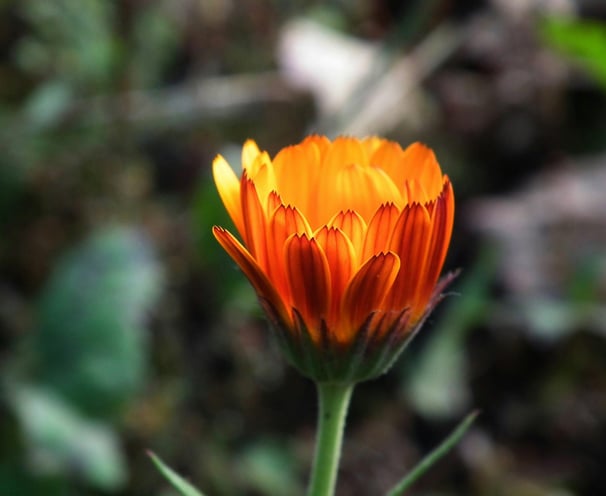

Orange blossom, like lavender, typically has modest fertilizer requirements, thriving in well-drained soils with minimal nutrient supplementation. Excessive fertilization can result in excessive foliage growth at the expense of flower production, so it's advisable to apply fertilizer sparingly. If the soil lacks essential nutrients, consider incorporating a balanced, slow-release fertilizer into the soil before planting. Alternatively, a light application of a fertilizer with low nitrogen and high phosphorus content in early spring can aid in healthy root development and flower formation. It's important to avoid nitrogen-rich fertilizers as they may encourage excessive foliage growth. Organic alternatives such as compost or aged manure can also be beneficial, applied as a thin layer around the base of the plant during the spring season. Overall, prioritizing well-drained soil and appropriate watering practices is crucial for optimal growth and the development of fragrant blooms in orange blossom plants.
Fertilizer Needs
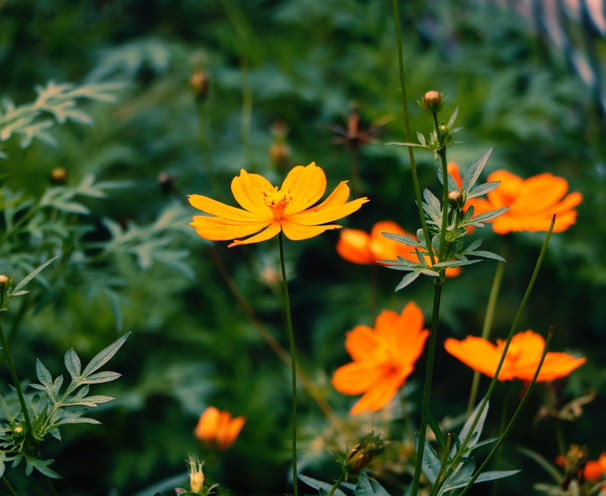

Orange blossom, also known as neroli, encompasses various cultivars, each with distinct features and aromatic profiles:
Citrus aurantium var. amara: Known for its bitter orange fragrance, this variety is commonly used in perfumery and aromatherapy for its calming properties.
Citrus aurantium var. dulcis: Sweet orange blossom with a delicate floral scent, often utilized in culinary applications and as a decorative element in gardens.
Citrus aurantium var. bigaradia: Also called bitter orange, this variety features a strong, tangy aroma and is used in traditional medicine and perfume-making.
Citrus sinensis 'Rothschildiana': Renowned for its exceptionally fragrant blossoms, this cultivar boasts vibrant orange flowers and is prized for its ornamental value in gardens.
Citrus sinensis 'Frost': A cold-hardy variety with white blossoms, 'Frost' offers a refreshing citrus aroma and is ideal for cooler climates.
These diverse orange blossom varieties each contribute their unique allure to landscapes, perfumes, and culinary creations, offering a spectrum of fragrances and visual delights to enthusiasts and gardeners alike.
Orange Blossom Varieties


